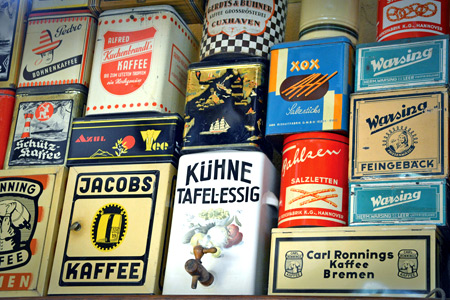Coffee is easily one of the most popular drinks in the world, beloved for its uniquely stimulating rich taste and aroma.
 Brewing coffee can be a complicated and very involved process that many enthusiasts are willing to spend big money to get the best coffee that suits their specific tastes.
Brewing coffee can be a complicated and very involved process that many enthusiasts are willing to spend big money to get the best coffee that suits their specific tastes.
As the hot drink with the highest sales in the world market, coffee has woven itself into the daily lives of people worldwide, with some cultures having their own unique methods of preparing it.
Ethiopia is known to be the birthplace of coffee, and holds a special reverence for it. Local legend tells a story of its origin, saying that coffee was first discovered in the Ethiopian highlands by a goat herder named Kaldi, who noticed his goats becoming unusually energetic after consuming unique cherry-like berries from what we now know to be the Coffea plant.
Daily routine
In Ethiopian culture today, drinking coffee, or buna as it is known locally, is a daily routine and they drink it with either sugar, salt or a local butter called Niter Kibbeh depending on the region. They also have their own special ceremony for serving coffee called Buna Tetu, which is a core cultural custom.
Coffee is quite a big deal in Italy, and historically a lot of popular common coffee related trends can be traced there, such as the latte, macchiato and cappuccino.
 For Italians, the basic coffee, or Un Caffé, is the espresso and is served at espresso bars, known as “caffè,” and is normally drunk while standing at the counter.
For Italians, the basic coffee, or Un Caffé, is the espresso and is served at espresso bars, known as “caffè,” and is normally drunk while standing at the counter.
Most other coffee types in Italy, like the latte, marocchino or shakerato are variations based on the espresso.
In Turkey, coffee brewing is an important custom, and a big part of their traditions, history and culture. Turkish coffee is prepared using finely-ground coffee beans boiled in a cezve, or small pot, with sugar and water.
Hubs
The coffee is traditionally served unfiltered, and is drunk slowly over a long period of time, allowing the grounds to settle at the bottom of the cup, which is then sometimes used to tell fortunes.
Turkish coffeehouses, or “kahvehane,” serve as hubs where people from all classes could hold social, academic or political discussions.
The coffee culture in Japan has evolved with the times, since its first introduction into the country by Portuguese and Dutch traders in the 17th century.
It would remain a luxury good, out of reach for the common citizens until 1888, when the first coffee shop, named “Kahiichakan” opened, though it saw little success, closing down just five years later.
Cultural upheaval
 Coffee is seen by Japan to be a very Western commodity, and as such, was one of the goods that saw a nationwide ban during WW2. After the war, Japan saw a massive cultural upheaval as a part of its rapid modernization, which involved embracing Western culture. As such coffee exploded in popularity, and by 2022 Japan’s coffee market was second only to America.
Coffee is seen by Japan to be a very Western commodity, and as such, was one of the goods that saw a nationwide ban during WW2. After the war, Japan saw a massive cultural upheaval as a part of its rapid modernization, which involved embracing Western culture. As such coffee exploded in popularity, and by 2022 Japan’s coffee market was second only to America.
Whether sipping espresso in a bustling Italian café or partaking in a traditional Ethiopian coffee ceremony, coffee culture manifests itself in myriad forms, reflecting the unique traditions, rituals, and values of each region. Coffee enthusiasts around the world share a common bond — a deep appreciation for the aromatic brew that brings people together and fuels moments of joy, connection, and camaraderie across cultures.









